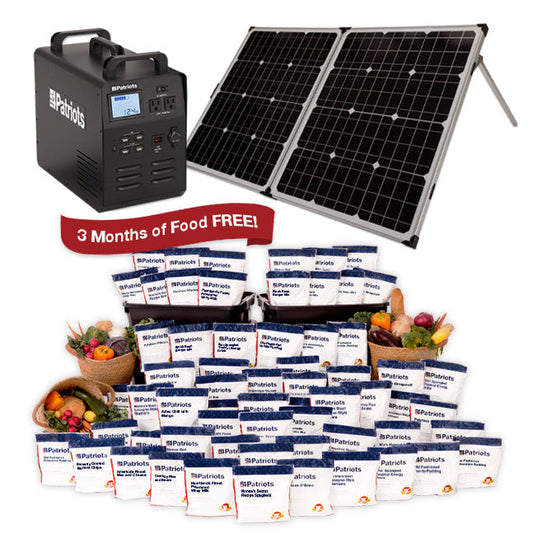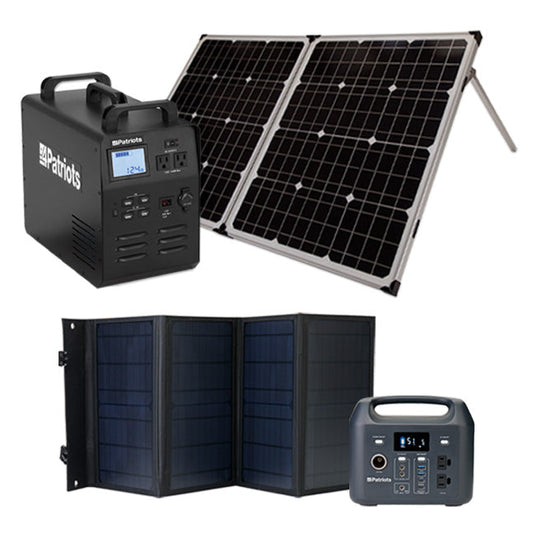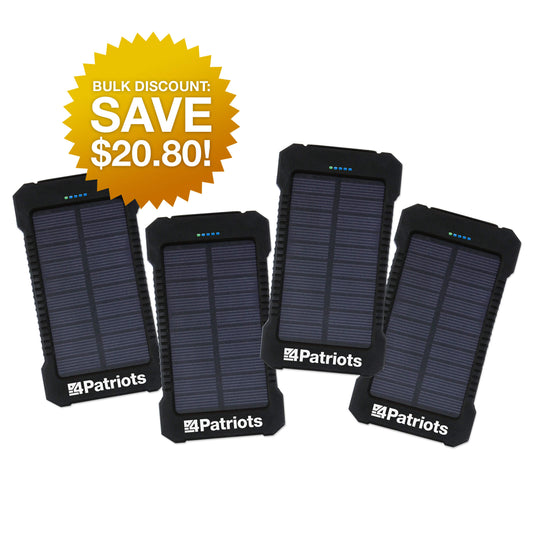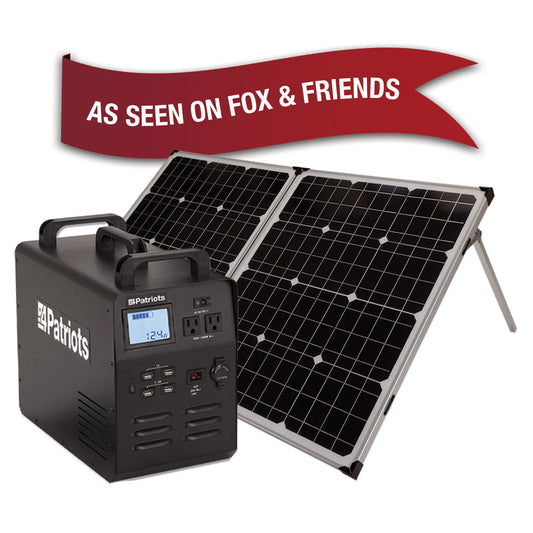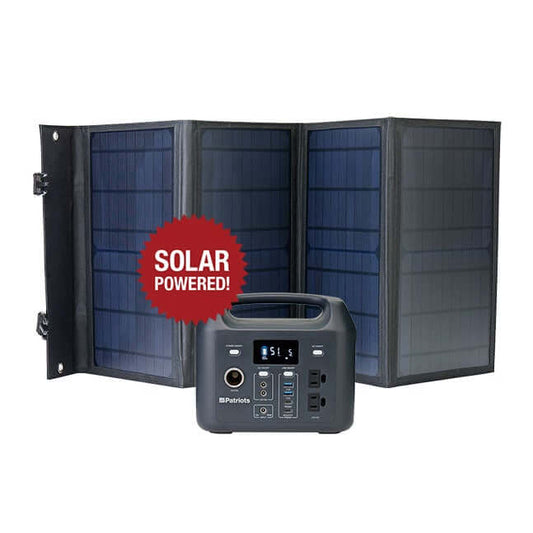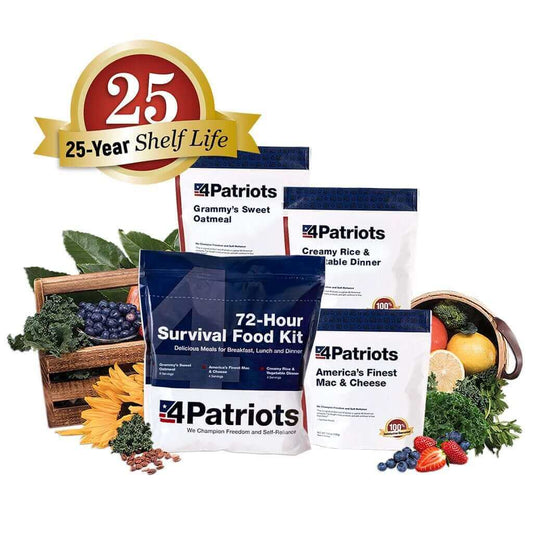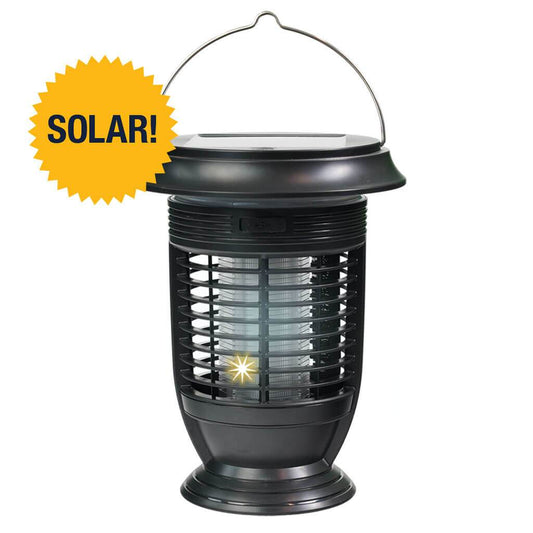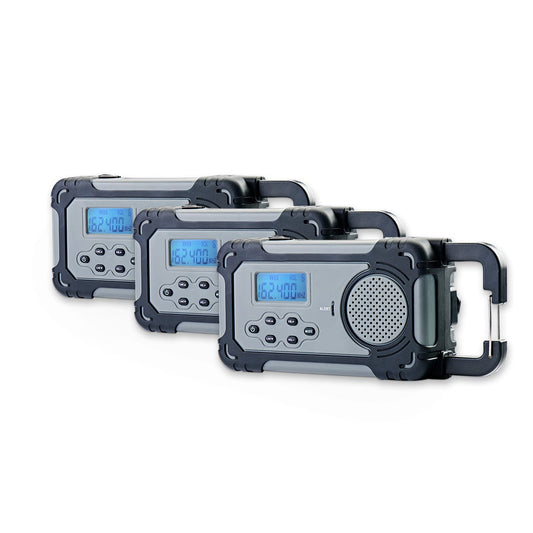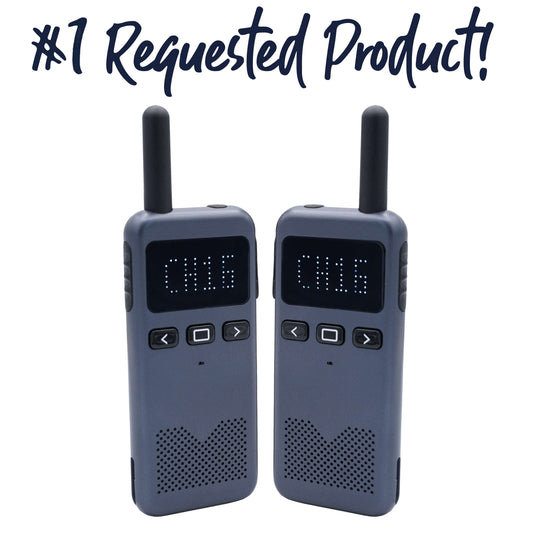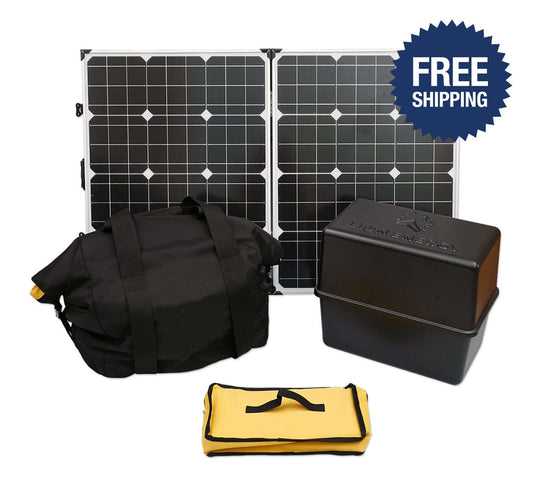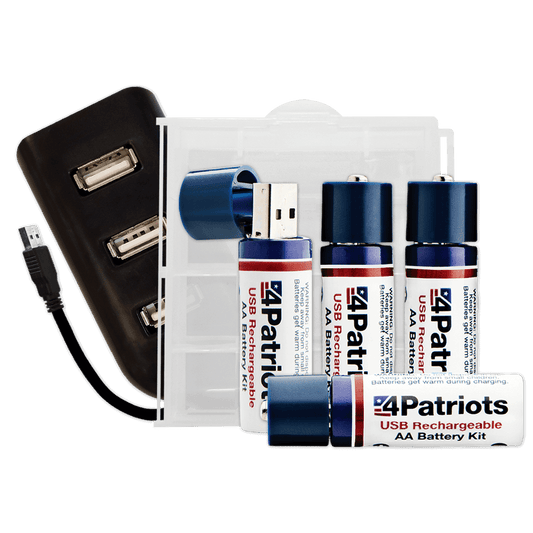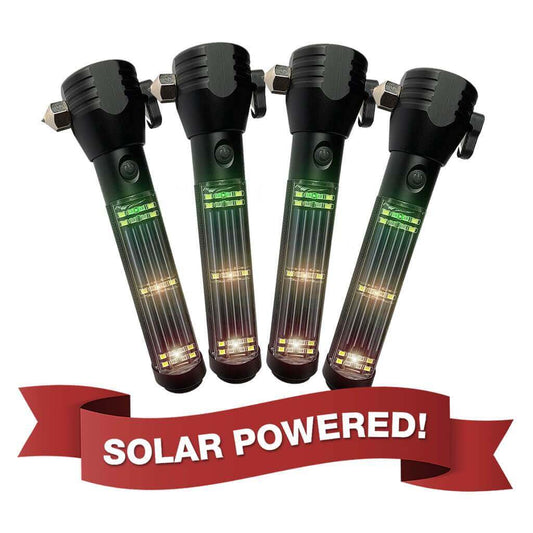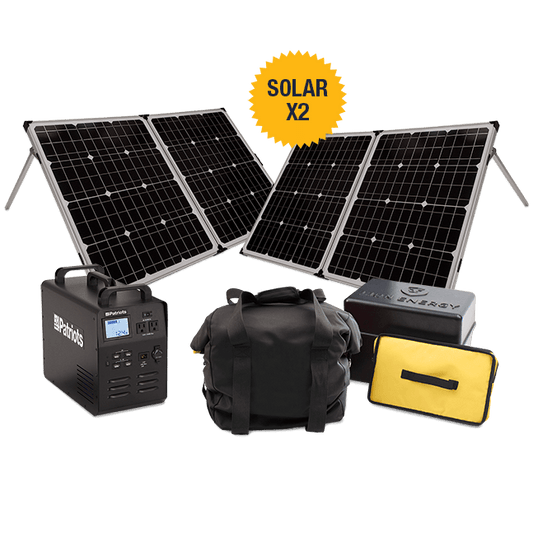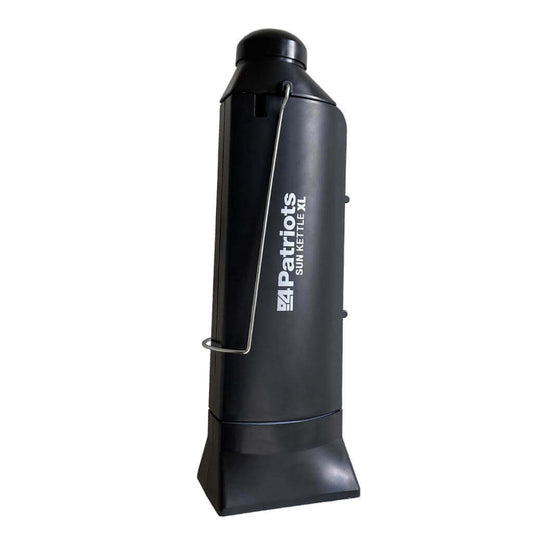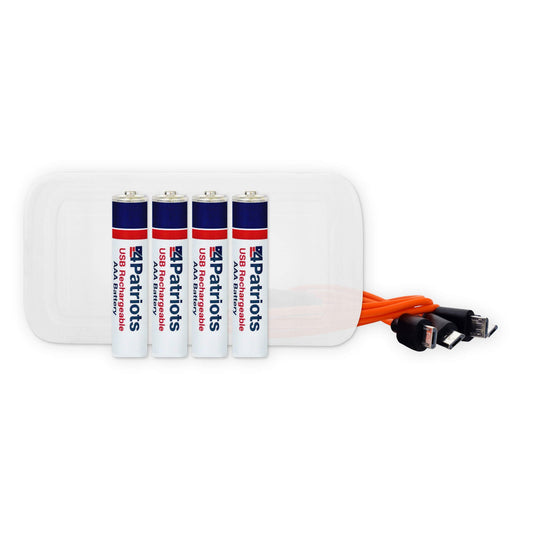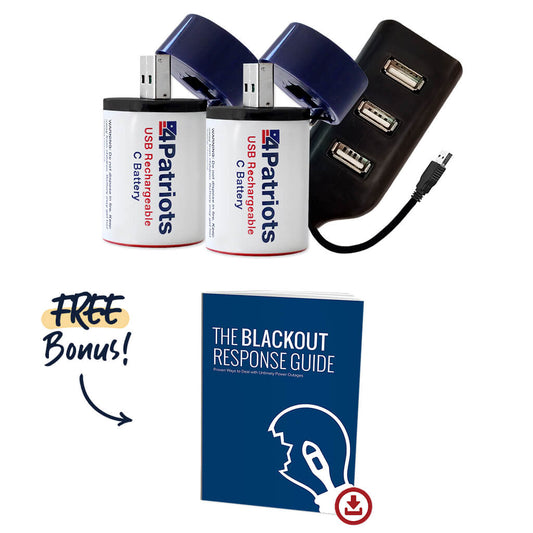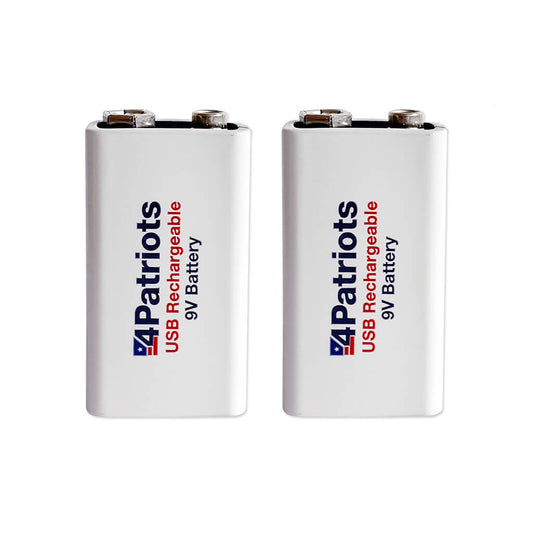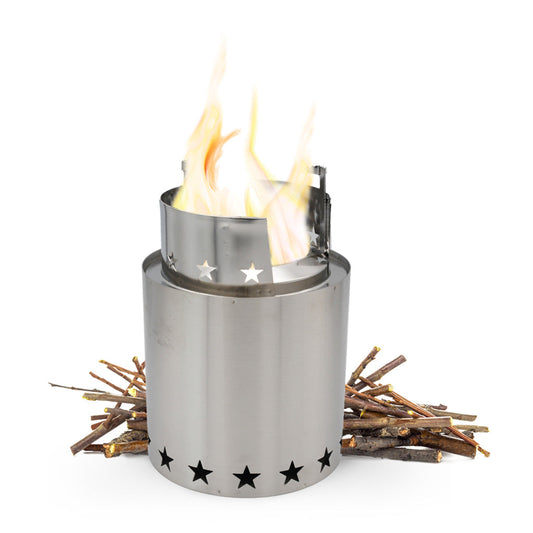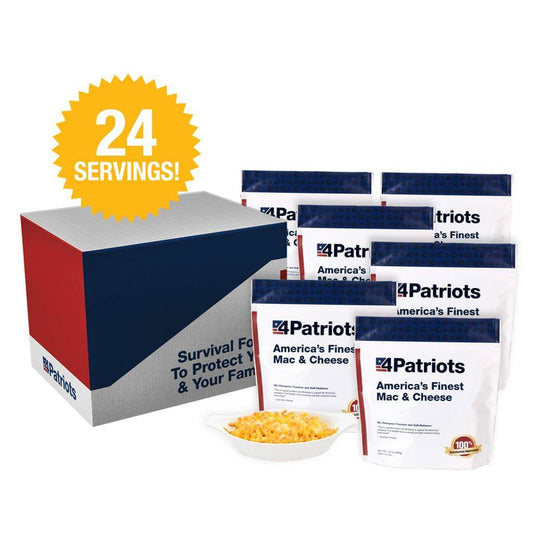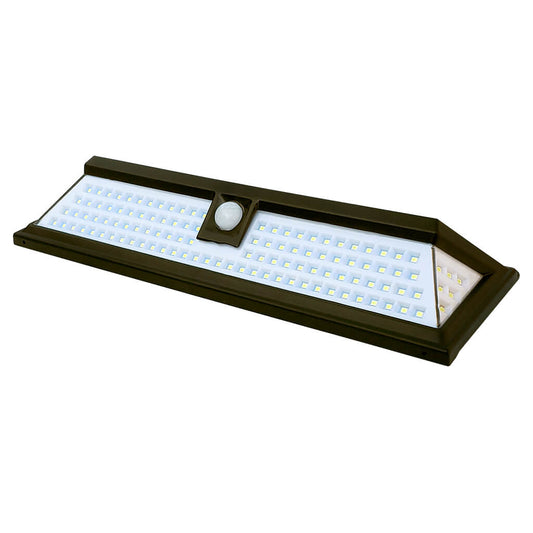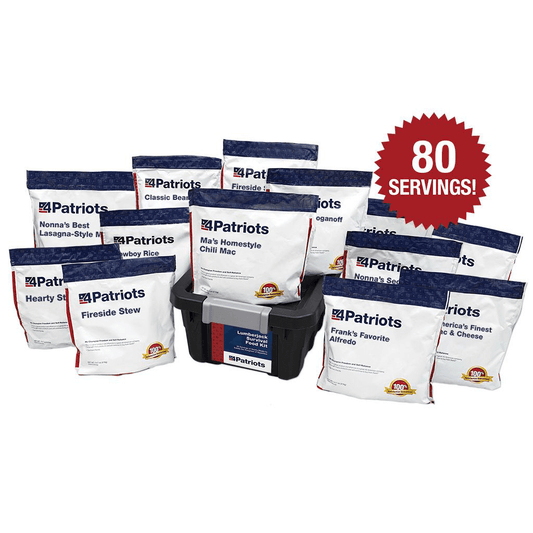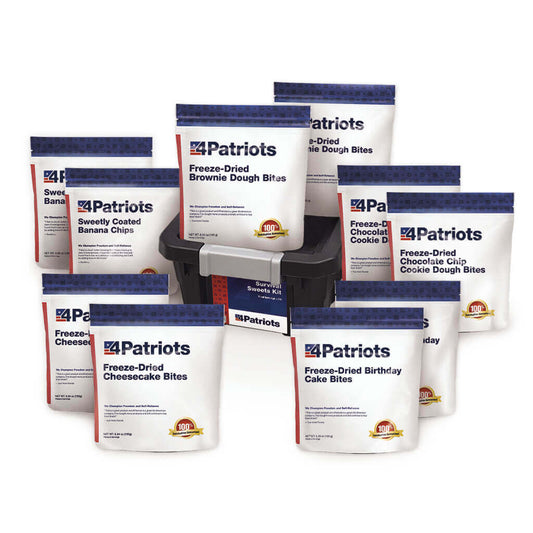
Five Suggestions for Your Survival Library

In most parts of the Northern Hemisphere, January is the coldest month of the year. And the fact that it has 31 days makes it seem even colder.
Many of us spend more time indoors in January than in other months. And what better indoor activity than reading?
Maybe that’s why January is National Book Month. It’s a great chance to catch up on reading books you’ve been meaning to read for months. Perhaps years.
At 4Patriots, we especially love books about survival. Today I’m going to provide you with five recommendations for your survival library. I hope you’re able to give at least one of them a read this month.
Lights Out by Ted Koppel
We know an effective cyber attack against the vulnerable U.S. electrical grids is possible. In fact, unsuccessful cyber attacks against the three main grids occur daily.
Thus far, terrorists have not been able to cripple the grids for a significant length of time.
But former Nightline anchor Ted Koppel believes an effective cyber attack against our grids is not just possible. It’s probable. He also states it will be a devastating attack and that the U.S. is unprepared to deal with it.
None of this surprises us. But it’s refreshing to hear it from a former mainstream media icon.
His book’s title is Lights Out: A Cyberattack, a Nation Unprepared, Surviving the Aftermath. The author says the coming attack will plunge America into darkness. Not for hours or even days. But rather weeks and months.
Depending on which grid is rendered useless, tens of millions will be in trouble. Without running water or sewage disposal. Or refrigeration or light. For an extended period of time.
Food and medical supplies will be cut off. Previously clean water will become contaminated. Banks will cease to function. And when martial law breaks down, lawlessness featuring marauding gangs will rule.
If two or all three of the grids go down, the entire country will be thrown back into the 1800s. Except, it will be far worse than it was in the prairie days. People back then knew how to live without electricity. We don’t.
It will be nothing short of chaos. And only those who have prepared will have even a chance of surviving.
This coming attack on America will cripple our infrastructure. And reduce us to the status of a third-world nation. It will not require an army, fighter jets, bullets or bombs. The attack will only require inside information and a laptop.
Koppel introduces readers to several of the country’s 3 million preppers. Including a Wyoming homesteader who crafted all the adobe bricks in his home by hand. And an individual whose doomsday retreat includes a three-acre lake stocked with fish.
The author also uses the Mormon Church as an example of wise preparedness. Due to its large storehouses, high-tech dairies, orchards and trucking company. And he gives readers advice on ways to prepare for a catastrophe.
SEAL Survival Guide by Cade Courtley
Former Navy SEAL Cade Courtley says we have two choices in life. We can either live scared or be prepared.
Obviously Courtley chose the latter approach to life. And in SEAL Survival Guide: A Navy SEAL’s Secrets to Surviving Any Disaster, he spells out how we can survive just about anything.
He says the key is to adopt the Navy SEAL mindset. That means not living in fear and not relying on luck to get you through. But rather preparing to survive any life-threatening situation. And then stepping up in confidence.
In this illustrated, user-friendly guide, Courtley offers step-by-step instructions anyone can master. He gives suggestions on how to improvise weapons from everyday items and pack a bug-out bag. Also, escape mass shootings and treat injuries at the scene.
He also details how to subdue a hijacker and survive extreme climates. And travel safely abroad and defend against animal attacks. As well as survive pandemics and much more.
This essential manual also includes sections on mental preparation and what to do when a boat is taking on water. Plus the safest place to sit on a plane and how to handle tire blowouts. And how to make an improvised gas mask and keep your home safe from burglars.
It also includes information on how to prevent a carjacking. And how to defend yourself in a physical confrontation. Not to mention how to survive extreme weather and disasters. Including hurricanes, tornados, fires, flooding and earthquakes.
Peterson Field Guide to Medicinal Plants and Herbs of Eastern and Central North America by Steven Foster and James Duke
Peterson produces a variety of best-selling field guides. This one has increased in popularity recently. Mainly because natural remedies for common conditions have become more widely accepted.
Medicinal plants are now highly regarded as supplements. And often as alternatives for prescription drugs. This book has been updated by the authors, who have a combined experience of more than 100 years in this field.
The text identifies key traits, habitats, uses and warnings for more than 530 medicinal plants. Including both native and alien species. They’re located in the eastern and central United States and Canada.
More than 700 images are featured in this guide. They are organized in a color-coded system with simplified warnings. The book makes identifying medicinal plants fast and easy.
This guide is sponsored by the National Audubon Society. As well as the National Wildlife Federation and the Roger Tory Peterson Institute.
Square Foot Gardening by Mel Bartholomew
This book is so popular that the author needs to periodically update it. The latest version is titled Square Foot Gardening, 3rd Edition.
The book was first introduced in 1981. It has helped millions of home gardeners grow more fresh produce in less space with less work. The latest edition meets today’s changing resources. As well as new challenges and needs.
This book appeals to beginners and experienced gardeners alike. Among the newer content is how to add trellises and archways. And how to add automatic watering systems.
Plus ways to come up with creative configurations and shapes, and how to protect crops. As well as gardening with kids and gardening in small urban areas.
Bartholomew’s system is simple yet revolutionary. He developed a planting method based on using square foot blocks of garden space. Instead of traditional rows.
Because gardeners grow up instead of down with his system, there’s no digging or tilling after the first year. Consequently there is less thinning, weeding and watering. The book serves as a companion to the TV series.
One Second After by William Forstchen
Not every survival book has to be filled with practical advice. Sometimes it’s nice to read a novel about survival. That’s what William Forstchen offers in One Second After.
The American Civil War lasted four years. The Vietnam War dragged out for nearly 20 years. The involvement of U.S forces in Afghanistan and the Middle East has been going on for decades.
If a rogue nation or individual terrorists get ahold of a nuclear weapon and detonate it high above the U.S., that would be a war that lasts about one second.
But the devastating effects of that single hostile action could go for decades or longer. In fact, it could forever change life in America. And completely and permanently eliminate the country’s global influence.
That’s the premise of a book written by New York Times bestselling author William Forstchen. It’s titled One Second After. The novel deals with an electromagnetic pulse attack against America.
As well as its adverse effects on people living in the small town of Black Mountain, North Carolina. It focuses on the collapse of the social order following the explosion.
Forstchen’s book came out of years’ worth of comprehensive research and interviews. It reads like a thriller. But readers feel an added chill because they know this is something that could actually happen.
That’s undoubtedly one of the reasons it spent 12 weeks on the New York Times bestseller list.
Fiction buffs aren’t the only ones who have devoured Forstchen’s novel. The book was cited on the floor of Congress by Roscoe Bartlett, a Republican from Maryland. And before the House Armed Services Committee.
Bartlett called it a realistic portrayal of the potential damage rendered by an EMP attack on the U.S.
The story is set in a small college town near Asheville, North Carolina. That’s where in an instant life changes dramatically for everyone.
Every modern electrical device is disabled due to a deliberate EMP attack. The country is thrown back into the 19th century. A time in which 21st century people do not know how to live.
As politician Newt Gingrich writes in the book’s Foreword, “We as Americans must face that (EMP) threat, prepare and know what to do to prevent it. For if we do not, ‘one second after’ the America we know, cherish and love will be gone forever.”
Featured Products
- Regular price
- From $799
- Regular price
-
- Sale price
- From $799
- Unit price
- per
- Regular price
- $249
- Regular price
-
- Sale price
- $249
- Unit price
- per
- Regular price
- $2,497
- Regular price
-
$3,194 - Sale price
- $2,497
- Unit price
- per
- Regular price
- $2,499
- Regular price
-
$2,994 - Sale price
- $2,499
- Unit price
- per
- Regular price
- From $29.95
- Regular price
-
$119.80 - Sale price
- From $29.95
- Unit price
- per
- Regular price
- $2,499
- Regular price
-
- Sale price
- $2,499
- Unit price
- per
- Regular price
- $499
- Regular price
-
- Sale price
- $499
- Unit price
- per
- Regular price
- $29
- Regular price
-
- Sale price
- $29
- Unit price
- per
- Regular price
- $2,796
- Regular price
-
- Sale price
- $2,796
- Unit price
- per
- Regular price
- $29.95
- Regular price
-
- Sale price
- $29.95
- Unit price
- per
- Regular price
- $97
- Regular price
-
- Sale price
- $97
- Unit price
- per
- Regular price
- $4,999
- Regular price
-
- Sale price
- $4,999
- Unit price
- per
- Regular price
- $49.95
- Regular price
-
- Sale price
- $49.95
- Unit price
- per
- Regular price
- From $69
- Regular price
-
- Sale price
- From $69
- Unit price
- per
- Regular price
- $201
- Regular price
-
- Sale price
- $201
- Unit price
- per
- Regular price
- From $90.97
- Regular price
-
$129.95 - Sale price
- From $90.97
- Unit price
- per
- Regular price
- $999
- Regular price
-
- Sale price
- $999
- Unit price
- per
- Regular price
- $29.95
- Regular price
-
- Sale price
- $29.95
- Unit price
- per
- Regular price
- From $29.50
- Regular price
-
$30.99 - Sale price
- From $29.50
- Unit price
- per
- Regular price
- $129
- Regular price
-
- Sale price
- $129
- Unit price
- per
- Regular price
- From $27
- Regular price
-
$399.80 - Sale price
- From $27
- Unit price
- per
- Regular price
- $3,494
- Regular price
-
- Sale price
- $3,494
- Unit price
- per
- Regular price
- From $199
- Regular price
-
$205.50 - Sale price
- From $199
- Unit price
- per
- Regular price
- $99.95
- Regular price
-
- Sale price
- $99.95
- Unit price
- per
- Regular price
- $29.95
- Regular price
-
- Sale price
- $29.95
- Unit price
- per
- Regular price
- $8.99
- Regular price
-
$29.95 - Sale price
- $8.99
- Unit price
- per
- Regular price
- $99.95
- Regular price
-
- Sale price
- $99.95
- Unit price
- per
- Regular price
- $29.95
- Regular price
-
- Sale price
- $29.95
- Unit price
- per
- Regular price
- $59.95
- Regular price
-
- Sale price
- $59.95
- Unit price
- per
- Regular price
- $11.98
- Regular price
-
$29.95 - Sale price
- $11.98
- Unit price
- per
- Regular price
- $44.95
- Regular price
-
$44.95 - Sale price
- $44.95
- Unit price
- per
- Regular price
- $24.95
- Regular price
-
$49.95 - Sale price
- $24.95
- Unit price
- per
- Regular price
- $114.95
- Regular price
-
- Sale price
- $114.95
- Unit price
- per
- Regular price
- $189
- Regular price
-
- Sale price
- $189
- Unit price
- per
- Regular price
- $499
- Regular price
-
- Sale price
- $499
- Unit price
- per
- Regular price
- $59.95
- Regular price
-
- Sale price
- $59.95
- Unit price
- per
- Regular price
- $39.95
- Regular price
-
- Sale price
- $39.95
- Unit price
- per
- Regular price
- $59.95
- Regular price
-
- Sale price
- $59.95
- Unit price
- per
- Regular price
- $19.95
- Regular price
-
- Sale price
- $19.95
- Unit price
- per
- Regular price
- $99.95
- Regular price
-
- Sale price
- $99.95
- Unit price
- per
- Regular price
- $69
- Regular price
-
- Sale price
- $69
- Unit price
- per
- Regular price
- $14.27
- Regular price
-
$21.95 - Sale price
- $14.27
- Unit price
- per
- Regular price
- $149.95
- Regular price
-
- Sale price
- $149.95
- Unit price
- per
- Regular price
- $79.95
- Regular price
-
- Sale price
- $79.95
- Unit price
- per
- Regular price
- $39.95
- Regular price
-
- Sale price
- $39.95
- Unit price
- per
- Regular price
- $114.95
- Regular price
-
- Sale price
- $114.95
- Unit price
- per
- Regular price
- $39.95
- Regular price
-
- Sale price
- $39.95
- Unit price
- per
- Regular price
- $99.95
- Regular price
-
- Sale price
- $99.95
- Unit price
- per
- Regular price
- $24.95
- Regular price
-
- Sale price
- $24.95
- Unit price
- per
- Regular price
- $24.95
- Regular price
-
- Sale price
- $24.95
- Unit price
- per





